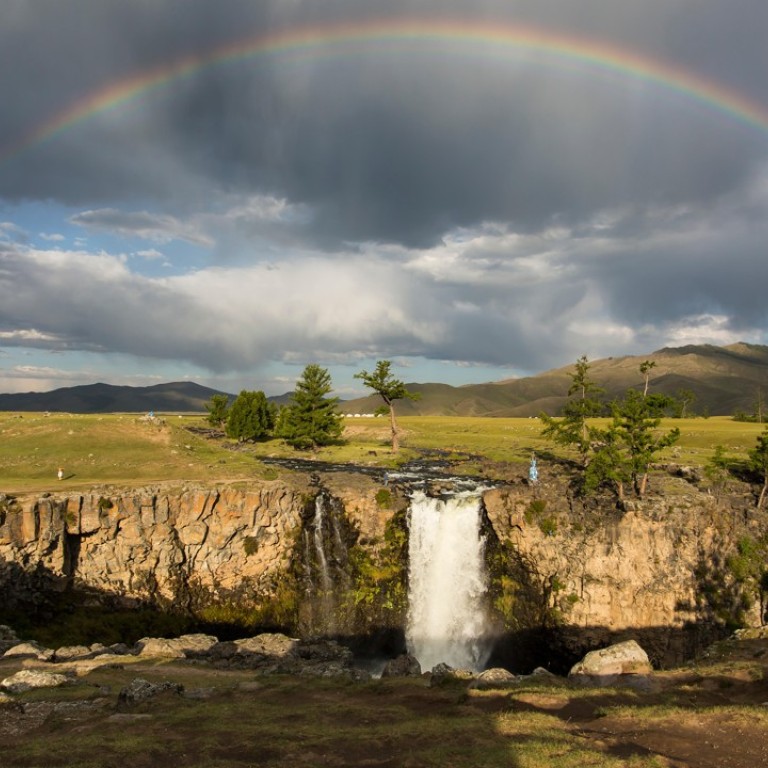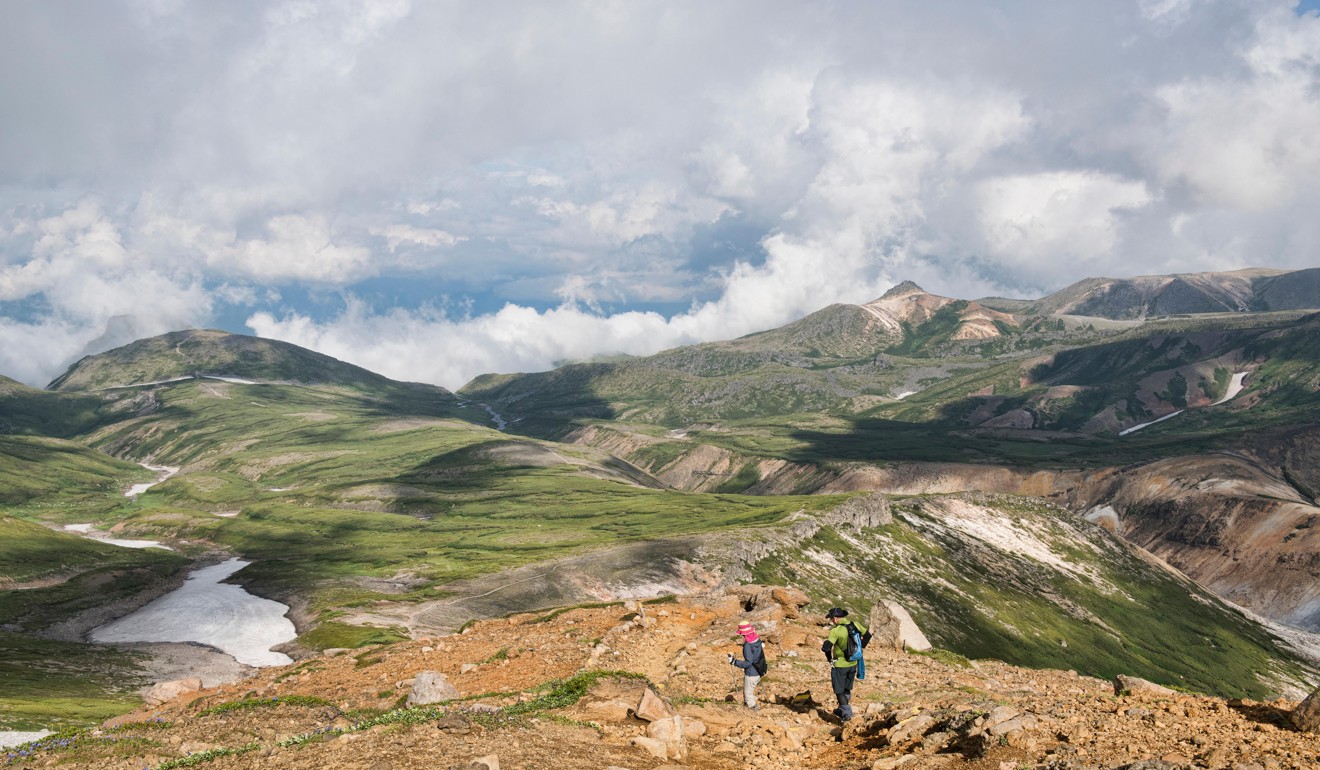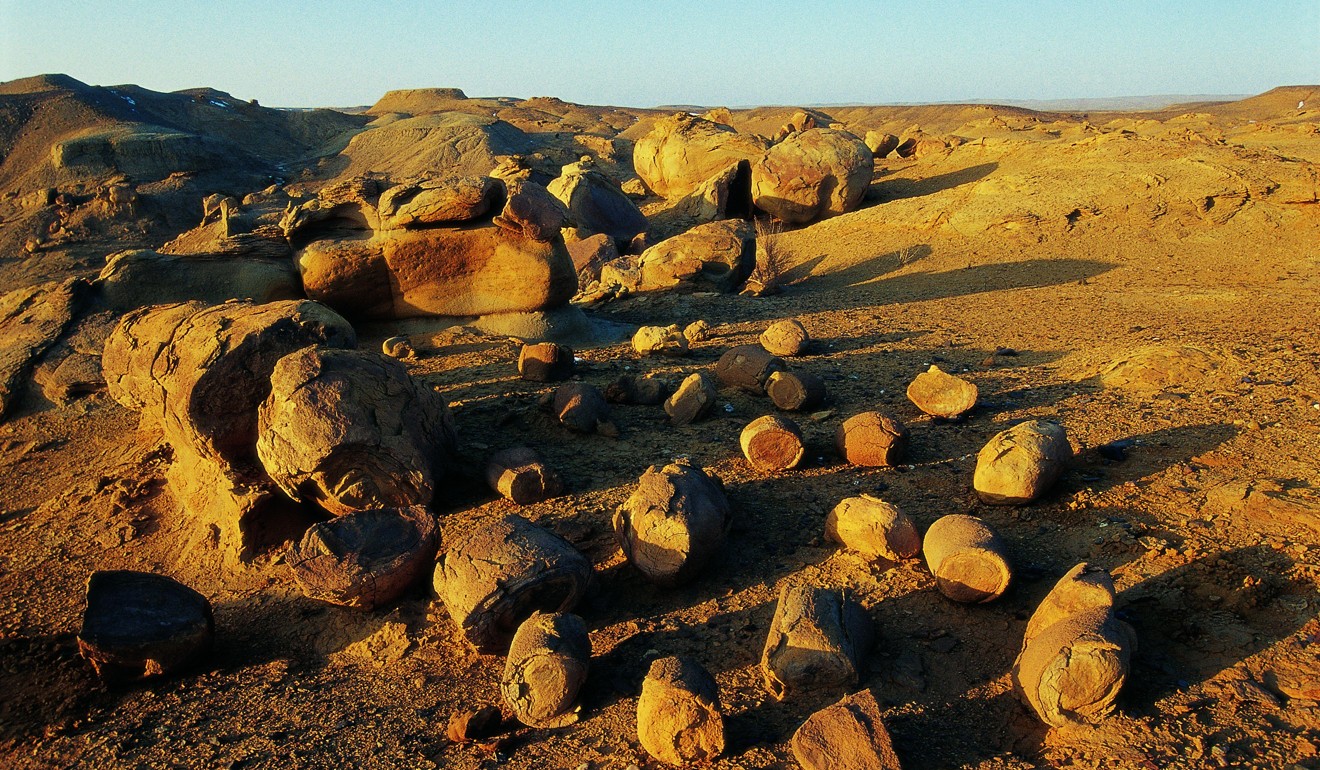
Five of the best places to go off grid in Asia, get back to nature and away from office phone calls
Nowadays it’s hard to disconnect from our busy lives, even when we go on holiday. So why not throw caution – and mobile phone reception – to the wind and head to a remote, untouched corner of Asia?
The constant ping of your smartphone, battling your way to the office through pollution and heavy traffic, and trying to balance work demands with your social life can be tough. In the modern world, it is getting harder than ever to fully disconnect – even when we manage to squeeze a holiday in.
“Regular breaks, away from the stresses of daily life and the demands of technology and social media, are essential to maintaining good psychological and emotional health,” says Stephen Edwards, a counsellor at Hong Kong-based counselling and psychotherapy practice Authenticity Counselling. “This is especially true for those living in an ‘always on’ city like Hong Kong.”
Asia’s hottest tropical getaway is ‘one of its best-kept secrets’
Our inability to disconnect is also down to our own unhealthy habits, says Sonalie Figueiras, co-founder of Green Queen, an online platform that promotes healthy living in Hong Kong. “We are addicted to our screens and spend hours a day on social media,” she says. “We work long hours and are ambitious about our fitness goals, too. We also enjoy busy social lives and we live in one of the most consumerist societies in the world; malls are our churches.”
With this in mind, there are plenty of off-grid spots to escape to, even in Asia. Here are five places to switch off – where you won’t be tempted to post holiday selfies to Instagram or pick up unexpected calls from the office (mobile phone service will be patchy at best in these remote locations).

1. Daisetsuzan National Park, Japan
Known as the “Roof of Hokkaido”, Japan’s largest national park is in the mountainous heart of Hokkaido island.
A hiker’s heaven, the area covers more than 2,300 square kilometres (888 square miles) of snow-capped mountains – 16 peaks that tower more than 2,000 metres high – lakes, volcanoes, forests and hot springs.
It’s home to several animal species, including brown bears, ezo red foxes and the northern pika (a cousin of the rabbit), and draws few tourists. In autumn, the landscape transforms into a collage of rusty oranges and browns, and even during the summer months the park is cool and dry.
Move over ryokan, kominka take you to heart of Japanese culture
There are a few lodgings in the hot spring towns on the park’s edge. The staff here can help you organise a tour guide. Make sure to bring cash, as most places do not accept credit or debit cards and many towns do not have ATMs.
If you go: viator.com runs an 11-hour autumnal tour of Daisetsuzan National Park until the end of October. Alternatively, you can create a tailor-made trip at inspirock.com.
How to get there: fly to Asahikawa Airport, Hokkaido. From here, you can take a two-hour bus to Sounkyo Onsen, the ideal spot from which to start your adventure.

2. Gurbantunggut Desert, China
With its Mars-like landscape, visiting Gurbantunggut Desert feels like escaping to another world. In the centre of the Junggar Basin in the northern part of the Xinjiang region in China’s northwest, the desert is the country’s second largest, covering about 50,000 sq km.
The stretches of rolling sand dunes are interspersed with mountains, shrubs and greenery, as well as salt lakes such as Manas Lake. Small communities dot the landscape.
Five things to do in China’s volcanic city of Tengchong
While an ugly trans-desert highway slices through the landscape, it makes hiring a car and throwing a tent in the back an easy way to explore what the desert has to offer. Alternatively, hire a tour guide for a few days and enjoy getting away from it all without the fear of getting lost.
If you go: pack sunglasses and a face mask to keep away the lashes of sand the wind can whip up. China Exploration (chinaexploration.com) operates a seven-day Urumqi and Kashgar tour that takes in the Gurbantunggut Desert. Customised trips can also be arranged.
How to get there: fly into Ürümqi Diwopu International Airport and hire a car to explore the desert, or sign up to one of the many tours found in the city.

3. Upper Mustang, Nepal
Most trekkers head straight to the peaks of Everest and Annapurna, making the Himalayas’ most popular trails congested with hikers during peak months. Instead, hit the less-trodden trails in Upper Mustang, which was a restricted area until 1992.
Here, soaring mountains pierce the horizon and rugged landscapes sit in their shadow. Small villages that are home to mainly Tibetan indigenous communities dot the area, and Buddhist prayer flags add splashes of colour to the stretches of barren land.
Tourism is regulated, but be warned: isolation comes at a cost. Visitors can expect to pay US$500 per person for a 10-day restricted area permit – and a government-appointed officer must accompany trekkers along the way.
Five things to do in Nepal – other than trekking
The summer months are the best time to visit, when the flora is at its finest and the weather is prime. The area avoids the monsoons that hit Everest and Annapurna, as it sits in a rain shadow. Trekking during the winter months should be avoided as the weather is harsh.
If you go: Mountain Monarch (mountainmonarch.com) organises a 17-day Upper Mustang trekking itinerary that includes time in Kathmandu and Pokhara.
How to get there: fly to Jomsom Airport from Pokhara. Accompanied treks start from Jomson to the Upper Mustang region.

4. Koh Kong, Cambodia
This relatively undiscovered southwestern province of Cambodia includes kilometres of untouched coastline, the Cardamom Mountains’ jungle and the raw, forested island of Koh Kong.
Trekking is the most popular way to go off-grid here. If that sounds like your type of holiday, take a multi-day trek into one of Southeast Asia’s largest remaining rainforests.
Visit Kep in Cambodia, the laid-back beach retreat making a comeback
Vast areas of trees have been pillaged by illegal loggers and decades of poaching the precious wildlife have taken their toll on the jungle; however, there is still plenty of pristine land to be explored, thanks to local conservation efforts.
If you go: adventure eco-tour operator Wild KK Project (wildkkproject.com) offers various treks around the Areng Valley area of the Cardamoms, as well as tours of the estuaries and mangroves of coastal Koh Kong. The best time to visit is during the dry season of November to March.
How to get there: fly to Phnom Penh International Airport and take a four-hour taxi ride or six-hour bus ride to Koh Kong.

5. Orkhon Valley, Mongolia
Located in central Mongolia, this sprawling Unesco World Heritage Site covers more than 121,000 hectares of seemingly endless grassland. The land is occasionally peppered with flocks of goats and sheep, grazing wild horses and nomadic communities.
Get away from it all and spend a few days with a family, helping them farm the land or drive their herds through the unspoilt natural landscape. On clear nights you can enjoy spectacular stargazing before retiring to one of the traditional yurts the nomads live in. Exploring the area on horseback is recommended, as is a visit to the gushing 16-metre high Orkhon waterfall.
How to enjoy Mongolia by bike, and help its poorest children
If you go: Horseback Mongolia (mongolia-trips.com) puts on a variety of tours of the area, including horseback and hiking adventures. Summer is the best time to visit, since temperatures drop as low as minus 40 degrees Celsius in January.
How to get there: fly to Chinggis Khaan International Airport, Ulan Bator, from where you can take a four-hour bus ride to the town of Kharkhorin.

